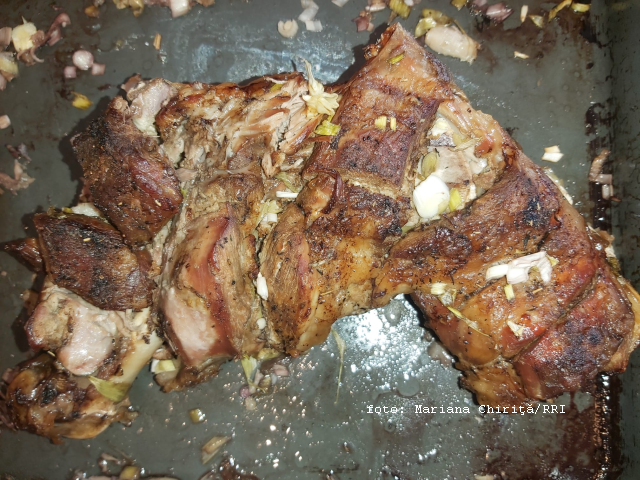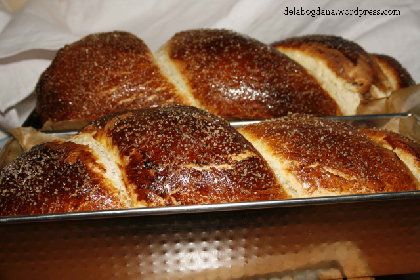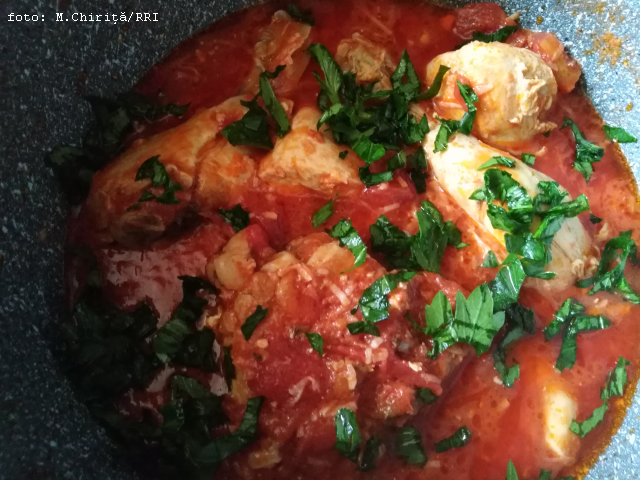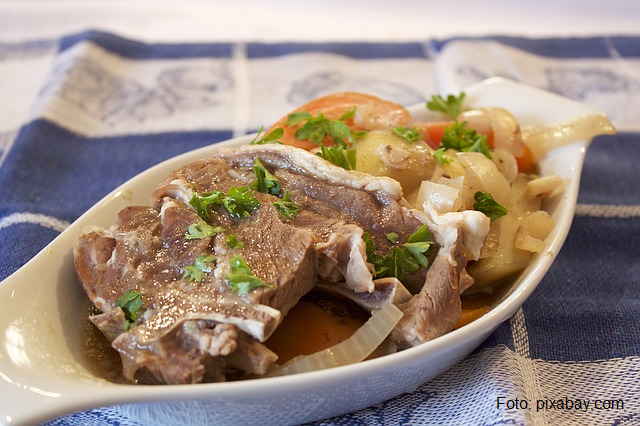Dishes from Bukovina
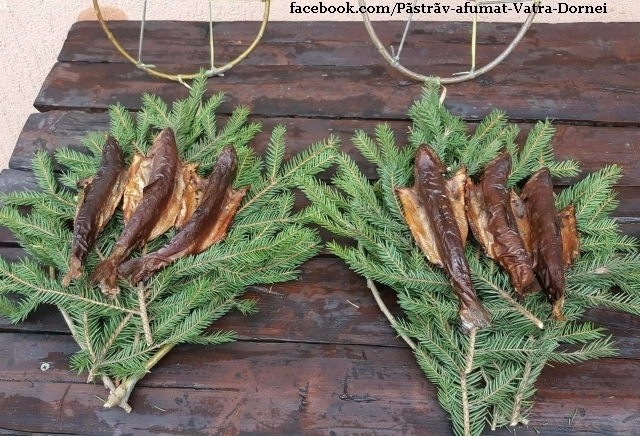
Ștefan Baciu, 18.02.2018, 12:13
A historical region situated in northeastern Romania, Bukovina, is famous first and foremost for its churches and fortified monasteries, such as Arbore, Humor, Suceviţa, Moldoviţa and Voroneţ. Their value is enhanced by the interior and exterior mural paintings of the churches, real architectural gems which date back to the Middle Ages. Apart from cultural heritage values and the beauty of nature, Bukovina boasts a specific cuisine, which resembles the Moldavian one, but with Austrian influences, as this Romanian historical region was under Viennese imperial administration between 1775 and 1918.
Some of the favourite ingredients in Bukovinas kitchens are undoubtedly mushrooms and forest fruit. The staple dishes include beef and vegetable soups, homemade chicken noodles soup, all of them mixed with sour cream. Trout with sour cream is another delicacy, just like mushrooms with sour cream and polenta. Most menus also include “sarmale în cuib”, that is minced meat, usually pork, beef, lamb, chicken or goose meat, mixed with rice and mushrooms and rolled in brined cabbage leaves. They are placed in a pot, to look like a nest, hence its name.
Forest fruit is another main ingredient used in Bukovinas cuisine. They are used to make either sweet, spirited drinks or jams. Many pastry, cakes and desserts are of Austrian influence. Another staple dish is called “tocinei” and it is a dessert made of potatoes and sour cream. One of the recent dishes of Bukovina which enjoys success all over the country is the so-called soup of Radauti, which is similar to the tripe soup, only that tripe is replaced by chicken meat.
Another typical dish is usually known as “trout smoked in a kobza”- kobza being a pear-shaped stringed instrument of Persian origin, which looks like a guitar. The “Kobza” dish has the same shape as the instrument, but is made of willow twigs and fir branches. A typical kobza, large enough for 5-6 trout and weighing about 1 kilogram in all, was thought to be the perfect recipient to carry and store the smoked trout for a couple of days, with no need to put them in the fridge.
The trout are smoked in fir-tree wood smoke, which gives them a brownish colour. Beech tree wood is said to give the fish a slightly sweet taste. Those who have refined their trout-smoking skills can also use spruce tree cones, dried and cleaned, to give the trout a slightly bitter taste.
For 12 hours, before they are smoked, the trout are kept in salted water, to which pepper grains and bay leaves have been added. Then we leave the trout in the smokehouse for about 4 hours, until they take on their distinctive brown colour. Enjoy!

